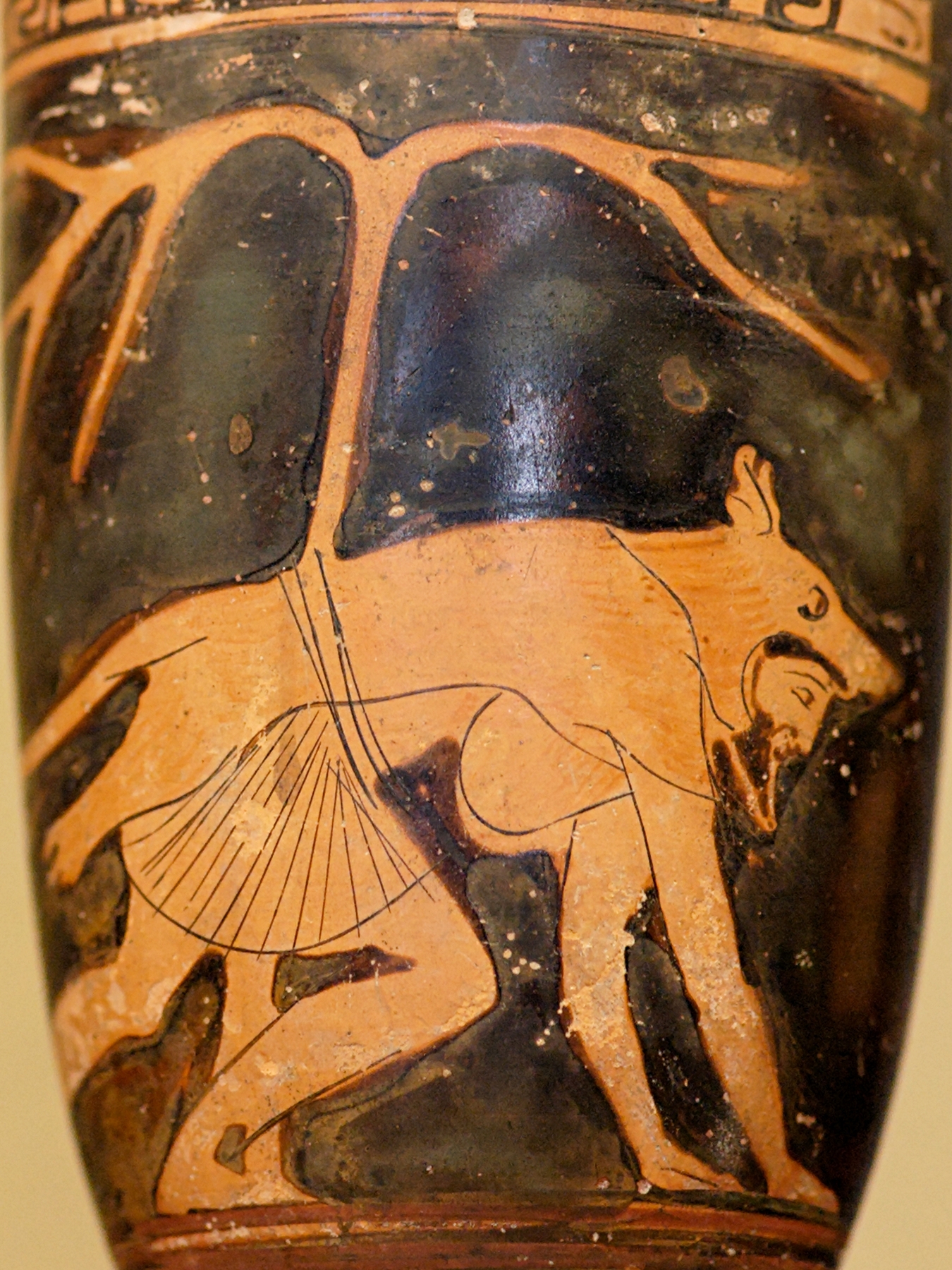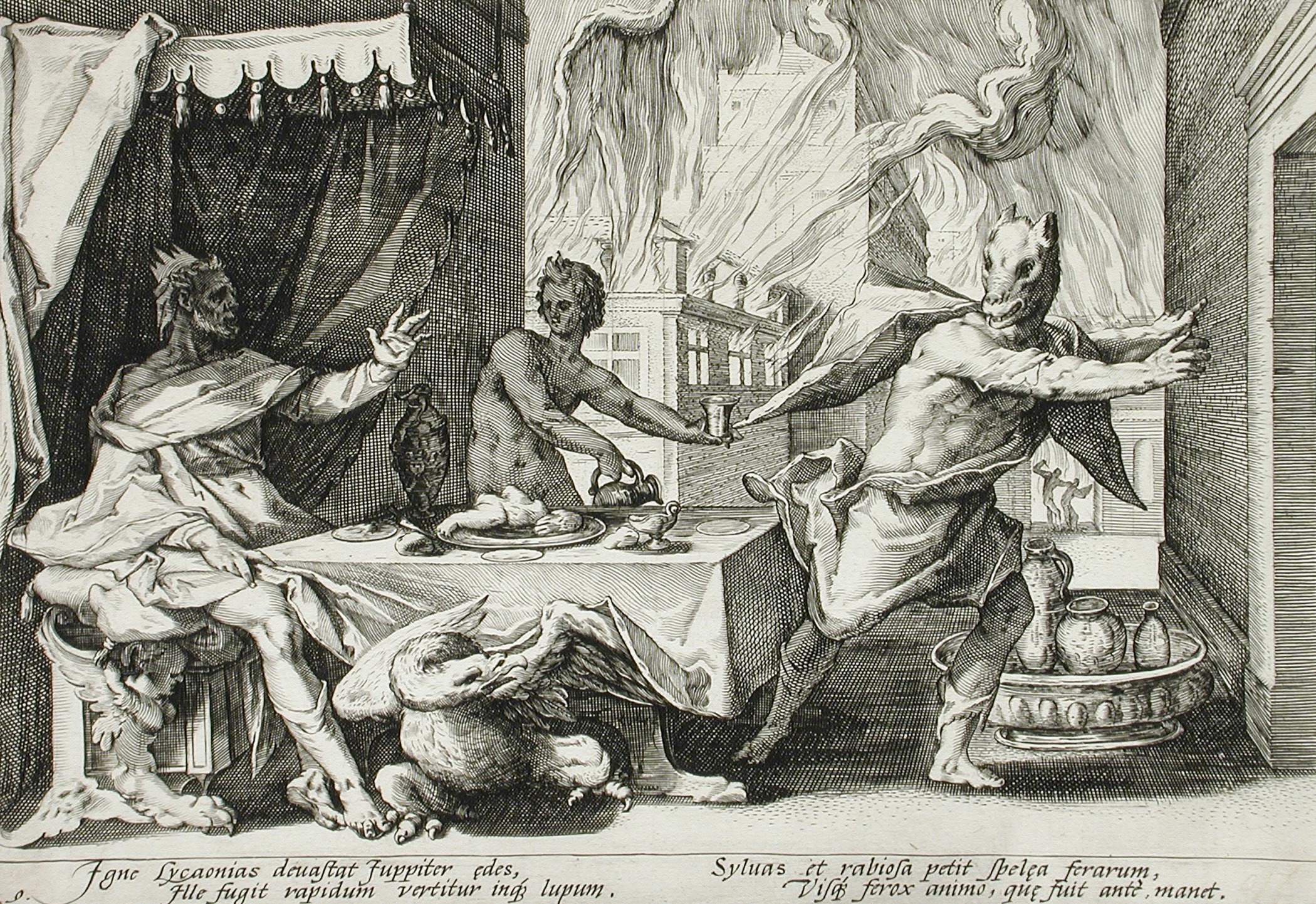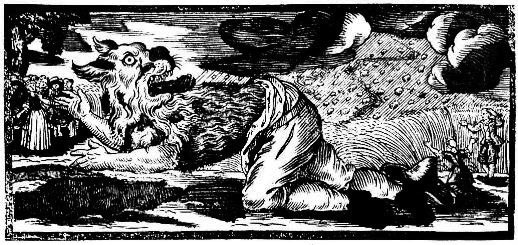|
Soucouyant
A soucouyant, among other names, is a kind of shape-shifting, blood-sucking hag present in Caribbean folklore. Names The spirit has several regional names: * Ol' Higue or Ole Haig in Guyana, Belize and Jamaica * Asema in Suriname * Hag in The Bahamas and Barbados * Soucouyant or soucriant in Saint Lucia, Louisiana, Trinidad, and elsewhere in the Caribbean Legend The Soucouyant is a folklore character who appears as a reclusive old woman (or man) by day. By night, they strip off their wrinkled skin and put it in a mortar. In the form of a fireball, they fly across the dark sky in search of a victim. The Soucouyants can enter the home of their victim through any sized hole such as cracks and keyholes. Soucouyants suck humans' blood from their arms, necks, legs and other soft regions while the victim sleeps, leaving black and blue marks on the body in the morning.Courtesy The Heritage Library via the Trinidad Guardian If the soucouyant draws too much blood, it is believed ... [...More Info...] [...Related Items...] OR: [Wikipedia] [Google] [Baidu] |
Vampire
A vampire is a mythical creature that subsists by feeding on the Vitalism, vital essence (generally in the form of blood) of the living. In European folklore, vampires are undead, undead humanoid creatures that often visited loved ones and caused mischief or deaths in the neighbourhoods which they inhabited while they were alive. They wore shrouds and were often described as bloated and of ruddy or dark countenance, markedly different from today's gaunt, pale vampire which dates from the early 19th century. Vampiric entities have been Vampire folklore by region, recorded in cultures around the world; the term ''vampire'' was popularized in Western Europe after reports of an 18th-century mass hysteria of a pre-existing folk belief in Southeast Europe, Southeastern and Eastern Europe that in some cases resulted in corpses being staked and people being accused of vampirism. Local variants in Southeastern Europe were also known by different names, such as ''shtriga'' in Albanian ... [...More Info...] [...Related Items...] OR: [Wikipedia] [Google] [Baidu] |
Caribbean Folklore
Caribbean folklore includes a mix of traditions, tales, and beliefs of the Caribbean region. Caribbean folklore was shaped by a history filled with violence, colonialism, slavery, and multicultural influences. Specifically, influences from African, Creole, Asian, Indigenous American, European, and Indian cultures converged in the Caribbean to create a blend of lore unique to the region. Caribbean folklore has a variety of different characters that portray different traits. Folklore has evolved by blending folk speech, Creole dialogue, and various other elements that create the literary form of folklore, which portrays the "spirit" and "soul" of the Caribbean. Many themes are covered in Caribbean folklore, including colonial legacies, diversity in cultures, and the search for identity. Writers such as Nalo Hopkinson use these folklore elements in their writings by weaving myths and traditions into their modern-day storytelling. Background Folklore is a cultural body of traditio ... [...More Info...] [...Related Items...] OR: [Wikipedia] [Google] [Baidu] |
Shtriga
A shtriga () is a vampiric witch in Albanian mythology and folklore that sucks the blood of infants at night while they sleep, and then transform themselves into a flying insect (traditionally a moth, fly or bee). Only the shtriga herself could cure those she had drained. The shtriga is often pictured as a woman with a hateful stare (sometimes wearing a cape) and a horribly disfigured face. They usually live in hidden places in the forest and have supernatural powers. The term ''shtriga'' is used also with the common meaning of "witch", referring to a bad and ugly old woman who casts evil spells upon people. The male noun for ''shtriga'' is ''shtrigu'' or ''shtrigan''. Etymology The Albanian word ''shtrigë'' ( definite form being ''shtriga'') derives from the Latin '' strīga'', "evil spirit, witch", related to , and . Legend According to legend, only the shtriga herself could cure those she had drained (often by spitting in their mouths), and those who were not cured inevita ... [...More Info...] [...Related Items...] OR: [Wikipedia] [Google] [Baidu] |
Rougarou
The Rougarou (, alternatively spelled as roux-ga-roux, rugaroo, or rugaru) is a legendary creature in Cajun diaspora and a tricker in oral traditions in Metis and Francophone communities linked to traditional concepts of the werewolf. Versions The creature known as a rougarou are as diverse as the spelling of its name, though they are all connected to francophone cultures through a common derived belief in the Werewolf, loup-garou (, ). ''Loup'' is French language, French for wolf, and ''garou'' (from Frankish language, Frankish ''warulf,'' cognate with English werewolf) is a therianthrope, man who transforms into an animal. American folklore "Rougarou" represents a variant pronunciation and spelling of the original French ''loup-garou''. According to Barry Jean Ancelet, an academic expert on Cajun folklore and professor at the University of Louisiana at Lafayette in America, the tale of the rougarou is a common legend across French Louisiana. [...More Info...] [...Related Items...] OR: [Wikipedia] [Google] [Baidu] |
Manananggal
The ''manananggal'' () is a mythical creature in the Philippines that is able to separate its upper torso from the lower part of its body. Their fangs and wings give them a vampire-like appearance. Mythology The word ''manananggál'' is derived from the Tagalog word ''tanggál'', meaning "to remove" or "to separate", and literally translating to "remover" or "separator". In this case, it may be interpreted as "one who separates itself". The name is also associated with an expression referring to a severed torso. In Philippine folklore, the ''manananggal'' is typically portrayed as a fearsome and grotesque creature, most often depicted as female. It is known to detach its upper torso from its lower half, with its entrails exposed, and grow large, bat-like wings used to fly at night in search of victims. The ''manananggal'' is commonly believed to prey on sleeping, pregnant women by using an elongated, proboscis-like tongue to extract fetuses or draw blood. Folklore also ass ... [...More Info...] [...Related Items...] OR: [Wikipedia] [Google] [Baidu] |
Adze (folklore)
The adze is a vampiric being in Ewe folklore, told by the people of Togo and Ghana. In the wild, the adze takes the form of a firefly, though it will transform into human shape upon capture. When in human form, the adze has the power to possess humans. People, male or female, possessed by an adze are viewed as witches (). The adze's influence would negatively affect the people who lived around their host. A person is suspected of being possessed in a variety of situations, including: women with brothers (especially if their brother's children fared better than their own), old people (if the young suddenly started dying and the old stayed alive) and the poor (if they envied the rich). The adze's effects are generally felt by the possessed victim's family or those of whom the victim is jealous. In firefly form, the adze would travel through keyholes, cracks in walls, or under closed doors at night. Once in the home, it would suck blood from people as they slept, making them fall sic ... [...More Info...] [...Related Items...] OR: [Wikipedia] [Google] [Baidu] |
Werewolf
In folklore, a werewolf (), or occasionally lycanthrope (from Ancient Greek ), is an individual who can shapeshifting, shapeshift into a wolf, or especially in modern film, a Shapeshifting, therianthropic Hybrid beasts in folklore, hybrid wolf–humanlike creature, either purposely or after being placed under a curse or affliction, often a bite or the occasional scratch from another werewolf, with the transformations occurring on the night of a full moon. Early sources for belief in this ability or affliction, called lycanthropy, are Petronius (27–66) and Gervase of Tilbury (1150–1228). The werewolf is a widespread concept in European folklore, existing in many variants, which are related by a common development of a Christianization, Christian interpretation of underlying European folklore developed during the Middle Ages. From the early modern period, werewolf beliefs spread to the New World with colonialism. Belief in werewolves developed in parallel to the belief in Eu ... [...More Info...] [...Related Items...] OR: [Wikipedia] [Google] [Baidu] |
Loup-garou
In folklore, a werewolf (), or occasionally lycanthrope (from Ancient Greek ), is an individual who can shapeshift into a wolf, or especially in modern film, a therianthropic hybrid wolf–humanlike creature, either purposely or after being placed under a curse or affliction, often a bite or the occasional scratch from another werewolf, with the transformations occurring on the night of a full moon. Early sources for belief in this ability or affliction, called lycanthropy, are Petronius (27–66) and Gervase of Tilbury (1150–1228). The werewolf is a widespread concept in European folklore, existing in many variants, which are related by a common development of a Christian interpretation of underlying European folklore developed during the Middle Ages. From the early modern period, werewolf beliefs spread to the New World with colonialism. Belief in werewolves developed in parallel to the belief in witches during the late Middle Ages and the early modern period. Like the w ... [...More Info...] [...Related Items...] OR: [Wikipedia] [Google] [Baidu] |
Shapeshifting
In mythology, folklore and speculative fiction, shapeshifting is the ability to physically transform oneself through unnatural means. The idea of shapeshifting is found in the oldest forms of totemism and shamanism, as well as the oldest existent literature and Epic poetry, epic poems such as the ''Epic of Gilgamesh'' and the ''Iliad''. The concept remains a common literary device in modern fantasy, children's literature and popular culture. Examples of shapeshifters are vampires and werewolves. Folklore and mythology Popular shapeshifting creatures in folklore are werewolf, werewolves and vampires (mostly of European, Canadian, and Native American/early American origin), ichchhadhari naag (shape-shifting cobra) of India, shapeshifting fox spirits of East Asia such as the huli jing of China, the obake of Japan, the Navajo skin-walkers, and gods, goddesses and demons and demonesses such as the Norse mythology, Norse Loki or the Greek mythology, Greek Proteus. Shapeshifting to th ... [...More Info...] [...Related Items...] OR: [Wikipedia] [Google] [Baidu] |
Witchcraft In Fairy Tales
Witchcraft is the use of magic by a person called a witch. Traditionally, "witchcraft" means the use of magic to inflict supernatural harm or misfortune on others, and this remains the most common and widespread meaning. According to ''Encyclopedia Britannica'', "Witchcraft thus defined exists more in the imagination", but it "has constituted for many cultures a viable explanation of evil in the world". The belief in witches has been found throughout history in a great number of societies worldwide. Most of these societies have used protective magic or counter-magic against witchcraft, and have shunned, banished, imprisoned, physically punished or killed alleged witches. Anthropologists use the term "witchcraft" for similar beliefs about harmful occult practices in different cultures, and these societies often use the term when speaking in English. Belief in witchcraft as malevolent magic is attested from ancient Mesopotamia, and in Europe, belief in witches traces back ... [...More Info...] [...Related Items...] OR: [Wikipedia] [Google] [Baidu] |
Female Legendary Creatures
An organism's sex is female (symbol: ♀) if it produces the ovum (egg cell), the type of gamete (sex cell) that fuses with the male gamete (sperm cell) during sexual reproduction. A female has larger gametes than a male. Females and males are results of the anisogamous reproduction system, wherein gametes are of different sizes (unlike isogamy where they are the same size). The exact mechanism of female gamete evolution remains unknown. In species that have males and females, sex-determination may be based on either sex chromosomes, or environmental conditions. Most female mammals, including female humans, have two X chromosomes. Characteristics of organisms with a female sex vary between different species, having different female reproductive systems, with some species showing characteristics secondary to the reproductive system, as with mammary glands in mammals. In humans, the word ''female'' can also be used to refer to gender in the social sense of gender role or ... [...More Info...] [...Related Items...] OR: [Wikipedia] [Google] [Baidu] |
Chonchon
The Chonchon ( from ), also known as the Tue-Tué, is a mythical creature found in Mapuche religion, as well as in the folk mythologies of Chile and southern Argentina. Legend According to Mapuche myth the flying head is the result of someone, usually a woman, entering into a contract with a sorcerer or ''brujo''; consqueently her head detaches by night and sprout wings, so that the chonchón takes off in flight. She makes nocturnal sound similar to bird calls. There is supposedly a secret subterranean location called the ''reni'', where she will fly to to join her coven to practice witchcraft or enjoy the festivities. There are said to be anecdotes of husbands who wake up in the night and find their wives' head missing. It is said that the kalku (or ''calcu'', synonymous with ''machi'' witch) or evil ''machi'') who contract with an evil spirit (''wekufe The wekufe, also known as huecufe, wekufü, watuku, huecufu, huecubo, huecubu, huecuvu, huecuve, huecovoe, giiecubu, güec ... [...More Info...] [...Related Items...] OR: [Wikipedia] [Google] [Baidu] |





